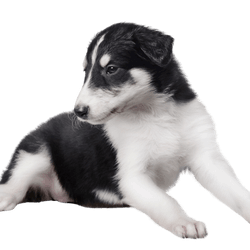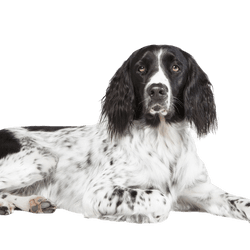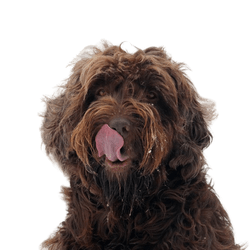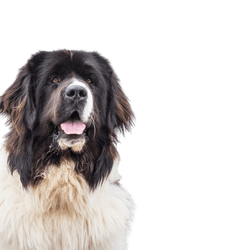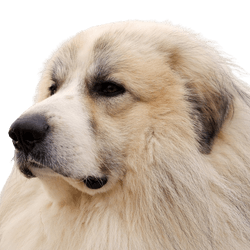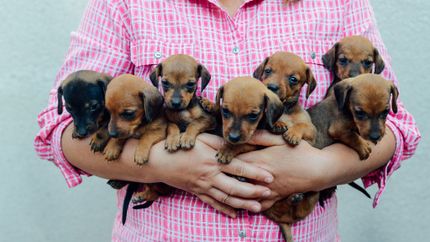
Curly coated retriever Breed description: Character & Co
Curly coated retriever
Facts & Origin
The Curly Coated Retriever is one of the oldest and largest retriever breeds. Today, it is mainly kept as a family dog.
What is the origin of Curly Coated Retrievers?
Originating from Great Britain, the Curly was created from a cross between the English Waterdog and St. John Newfoundland. Later, setters, pointers, and poodles were also crossed in. After the recognition of the dog breed by the English Kennel Club in 1854, the Curly Coated Retriever was first shown in 1860 together with other retriever breeds. In 1890, a breed club was founded that established the breed standard that is still in effect today. The Curly is listed by the FCI as an independent breed under the FCI standard number 110, group 8, section 1. The appearance of the dog has remained unchanged until today.



| Alternate Name | - |
| Origin | UK |
| Life expectancy | 9 - 14 years |
| Care requirements | low-maintenance |
| Activity level | average |
| FCI group | Retrievers |
| AKC group | Sporting Group |
| KC group | Gundog Group |
Attitude, character and temperament of the breed
What are typical traits of Curly Coated Retrievers?
The Curly Coated Retriever puppy takes an average of three years to grow up. With a good training schedule, the intelligent dog can be well behaved. Curlys are closely bonded to their family. Towards strangers they react rather reserved. Gets along well with other dogs and animals. Always up for jokes, it likes to play with children. Even if the dog plays wildly, it reacts gently and friendly towards the children. Games in the water are always preferred. As a family clown it always provides for good mood. Since the Curly needs close family contact, it is not suitable for kennel keeping. Nevertheless, his guarding and protective instincts are particularly strong.
The Curly Coated Retriever likes to be outdoors in all weathers. It likes to live out its great urge to move and loves to play fetch. Therefore, it is not particularly suitable as a purely indoor companion dog.
Character
Usage

Health and breeding information
What are typical diseases of Curly Coated Retrievers?
The Curly Coated Retriever is more robust than other retriever breeds. 'It hardly suffers from hereditary eye diseases (progressive retinal atrophy) and joint diseases. Even dogs with radiographically proven hip dysplasia show few clinical signs due to their strong musculature.
More common conditions:
- Underbite
- overbite
- circular loss of coat hair: can go up to a complete loss of the coat
Curly Coated Retriever breeding - where, how, what?
If you want to buy a Curly Coated Retriever, you should choose a reputable breeder who is registered with the FCI. Important is a good socialization, which must already take place at the breeder.


Appearance and coat of the Curly Coated Retriever.
This robustly built dog has a characteristic curly coat that changes twice a year. The undercoat is very dense and protects the dog from moisture. The coat is easy to groom and rarely needs brushing. A massage with damp fingers removes loose hairs. The dog performs the best coat care by swimming regularly in water. To maintain the pointed shape of the tail, it is trimmed. Excess hair on the ear lobes is removed with scissors.
What are the breed characteristics of Curly Coated Retrievers?
The roundish head shows only a slight nose stop after the square shaped muzzle. The ears, covered with curly fur, lie close together. The build is robust and strong, the chest deep. The muscular legs stand straight. The tail, which ends pointedly, reaches to the hocks. It is covered with curly fur and carried horizontally when running.
What is the size of the Curly Coated Retriever?
-
Male: 63.5 to 69 cm
-
Female: 58 to 63.4 cm
How much does a Curly Coated Retriever weigh?
-
Male: 32 to 41 kg
-
Bitch: 23 to 32 kg
How old does a Curly Coated Retriever live?
The life expectancy is nine to 14 years.
| Fur length | medium |
| Fur | curly |
| Ear shape | Triangle |
| Tail | lang |
| Anatomy | slim, strong, sporty |
| Size ♀ | 58 - 63 cm |
| Weight ♀ | 23 - 32 kg |
| Size ♂ | 63 - 69 cm |
| Weight ♂ | 32 - 41 kg |
| Suitable For | - |
Colors
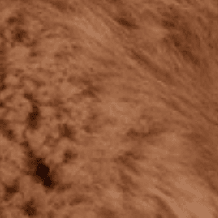

Known Diseases
Atopy
Canine atopic dermatitis or environmental allergy is characterized by itching with scratching, biting, and rubbing of the face, paws, and belly
Denture malocclusions
Malocclusions of the dentition often occur in dogs with short muzzles.
Other large dogs
Useful Articles
You can find articles that might interest you in the dogbible blog to match your favorite breed.
Visit our magazineto stay up to date on dog trends.
To find out more, view our Privacy Policy
Find here the breed that suits you and find out what character traits it has. Here you can also learn more about the origin, size and weight of your favorite breeds.
Matching your favorite breed, you'll find articles that might interest you on the dogbible dog blog.
5 tips for the trick "give paw" - so you learn it to your dog
Perfect city dogs: These are the breeds you should get if you live in a big city

